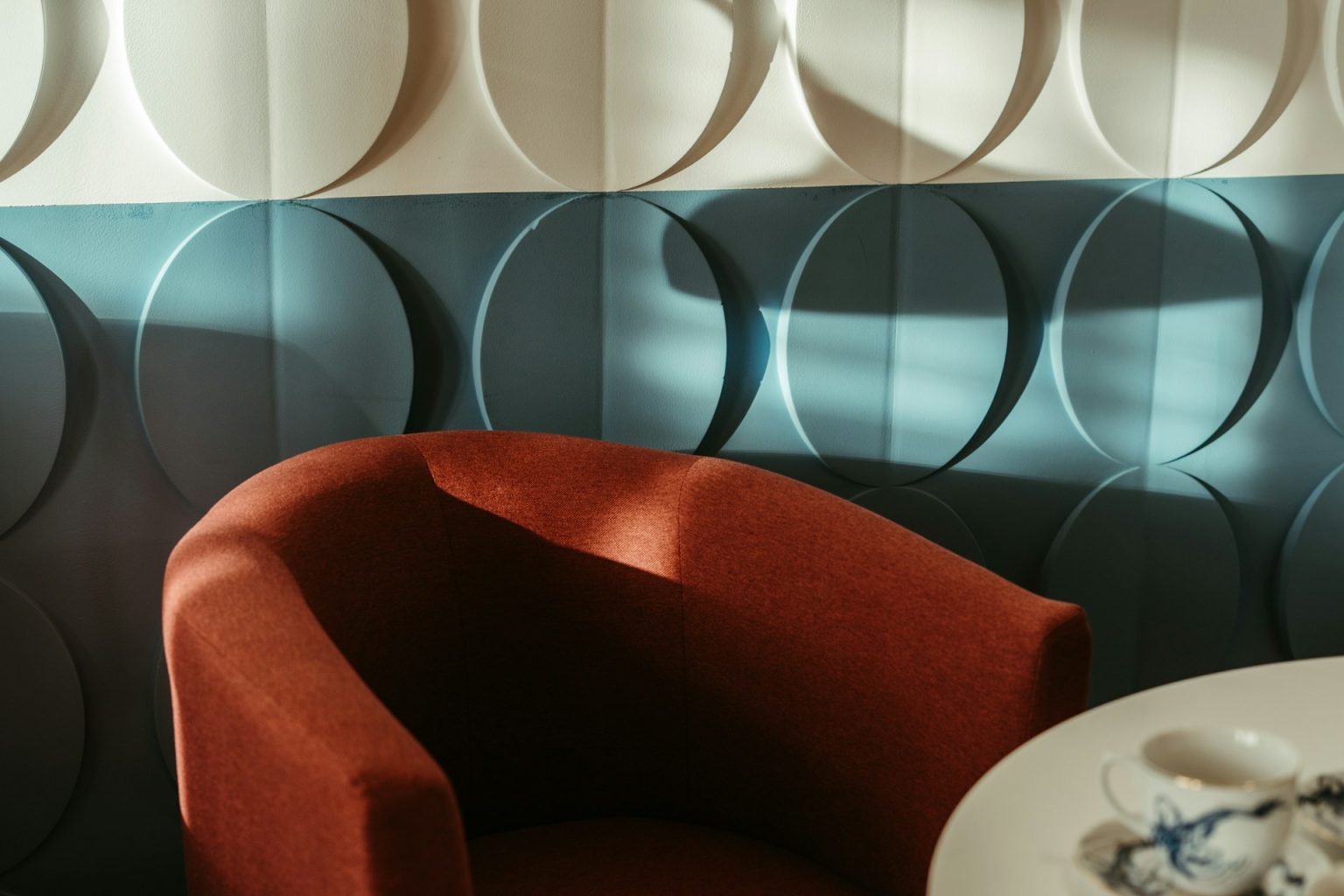When setting up a restaurant, it is easy to focus solely on the culinary side of things: menu planning, sourcing ingredients and hiring skilled chefs. While these are undeniably crucial, the decor of a restaurant plays an equally important role in its success. A well-thought-out interior can enhance the dining experience, attract the right clientele, and even influence how customers perceive the food they are eating.
First Impressions Matter
The moment a customer walks through the door, the decor communicates the restaurant’s identity. Is it modern and minimalist, rustic and cosy, or luxurious and opulent? Every element, from the colour of the walls to the furniture style, sends a message. A restaurant with mismatched chairs, outdated lighting or clashing colours may struggle to convey professionalism or warmth. A cohesive and inviting interior can create a sense of comfort, encouraging diners to relax and spend more time enjoying their meals.
The Psychological Impact of Colour and Design
Colours can affect mood and even appetite. Warm tones such as reds and oranges can stimulate hunger, while cooler tones like blues and greens can create a calming atmosphere. Choosing the right paint and finishes is therefore vital. Many restaurateurs turn to specialist suppliers to achieve the perfect aesthetic. For example, Little Greene paint St Albans is available in a wide range of high-quality, durable paints in rich colours that can transform a space. Attention to these details ensures that the interior complements the culinary experience rather than distracting from it.
The Role of Lighting
Lighting is another critical element. Poor lighting can make food appear unappetising, whereas well-planned lighting can highlight the textures and colours of dishes, making them look even more appealing. Beyond aesthetics, lighting affects the restaurant’s ambience. Dim, warm lighting works well for a romantic dinner setting, while brighter, cooler lights suit casual, fast-paced eateries. A balance of natural and artificial light also contributes to energy efficiency, which is increasingly important for modern businesses.
Comfort and Layout
Seating arrangements and furniture design also impact the overall dining experience. Comfortable seating encourages diners to linger and order more, while overcrowded or awkwardly arranged tables can create discomfort and limit movement. Ergonomics, materials and style should all be considered carefully, ensuring both practicality and visual appeal.
Standing Out in a Competitive Market
Decor helps differentiate a restaurant from competitors. In a saturated market, a memorable interior can make a brand stand out and become a talking point. Social media plays a role here, as diners frequently share photos of visually striking spaces. This provides free marketing and increases the restaurant’s visibility. Investing in a thoughtful, distinctive interior is therefore not just about aesthetics; it is a strategic business decision that can directly influence profitability.
Rounding Everything Up
Decor is far more than mere decoration. It shapes the dining experience, reinforces brand identity, influences customer behaviour, and can even impact a restaurant’s financial success. From colour schemes and lighting to furniture and layout, every element contributes to creating a space that diners want to return to. By investing in high-quality finishes and designing with intention, restaurateurs can ensure that their venue is as memorable as the food it serves.

